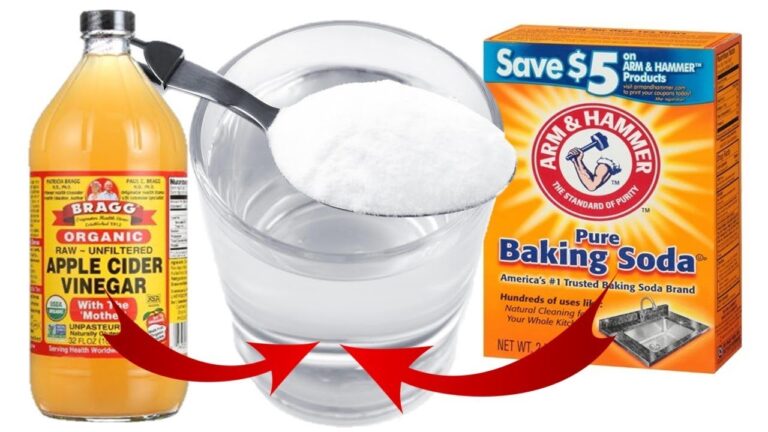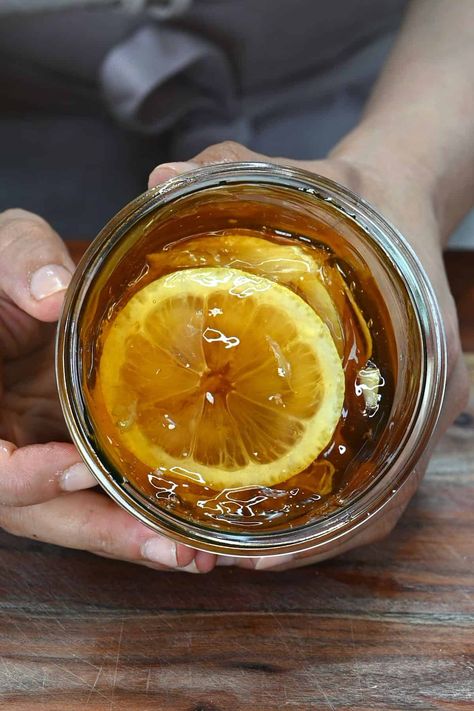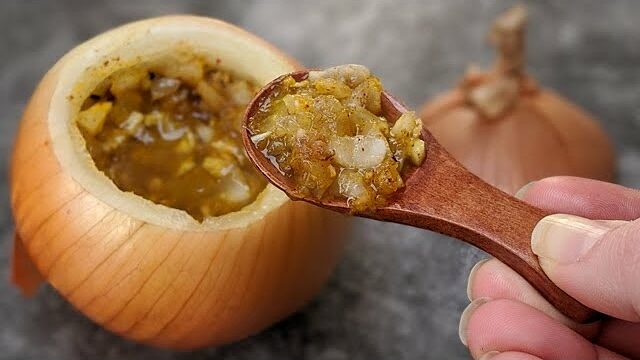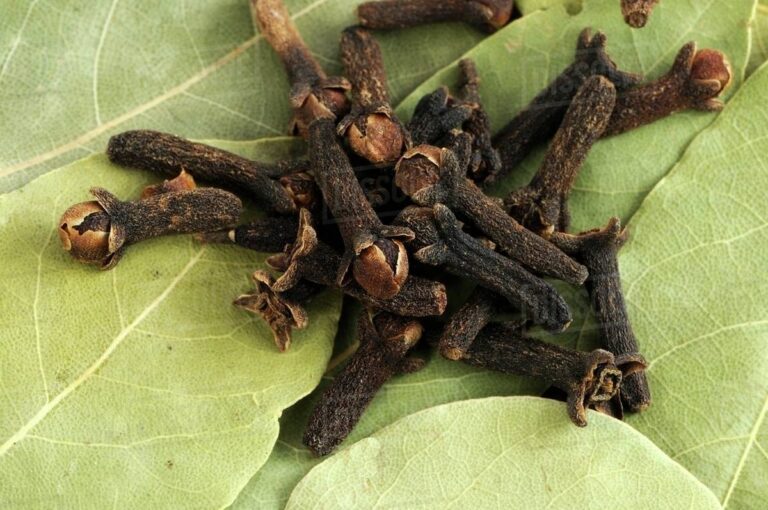Apple cider vinegar (ACV) and baking soda are two common household items touted for their health benefits. Together, they form a fizzy combination that’s often promoted as a natural remedy for various ailments. But is this mixture truly healthy? Let’s break it down.
How Apple Cider Vinegar and Baking Soda Work
- Apple Cider Vinegar
- ACV is made from fermented apples and is rich in acetic acid, which supports digestion, balances blood sugar, and provides antimicrobial benefits. It’s also popular for aiding weight management and promoting gut health.
- Baking Soda
- Baking soda, or sodium bicarbonate, is an alkaline compound that neutralizes acids. It’s often used to relieve indigestion and heartburn.
When combined, the acidic ACV reacts with the alkaline baking soda, creating a bubbly solution with a neutral pH. This reaction is what makes it a popular drink for those seeking a natural health boost.
Potential Benefits of the Mixture
- Supports Digestion
- This combination can help balance stomach acidity, relieving issues like acid reflux or indigestion.
- Boosts Energy
- The fizzy reaction between ACV and baking soda creates a refreshing drink that some claim helps boost energy levels.
- Detoxifies the Body
- ACV is known for its detoxifying properties, and when paired with baking soda, it may support the body’s natural detox processes.
- Balances pH Levels
- Baking soda can help restore pH balance, which may reduce inflammation and improve overall health.
How to Prepare It Safely
- Mix 1 teaspoon of apple cider vinegar with 1/2 teaspoon of baking soda in a glass of water. Let it fizz and settle before drinking.
- Drink this mixture occasionally (1-2 times a week) and not as a daily habit to avoid potential side effects.
Caution and Considerations
- Overuse Risks
- Consuming too much baking soda can upset your stomach or lead to high sodium levels.
- Excess ACV may erode tooth enamel or cause stomach irritation.
- Underlying Conditions
- If you have kidney issues, hypertension, or a sensitive stomach, consult a doctor before trying this mixture.
The Verdict
When used in moderation, a combination of apple cider vinegar and baking soda can be a helpful natural remedy for specific concerns like digestion and pH balance. However, overuse or reliance on this mix can lead to unwanted side effects.
As with any health trend, it’s important to listen to your body and consult with a healthcare professional to ensure it’s right for you. Balance and moderation are key!









